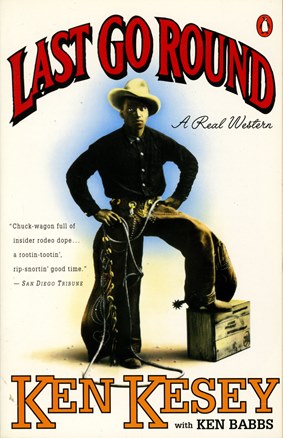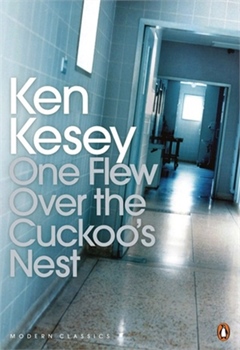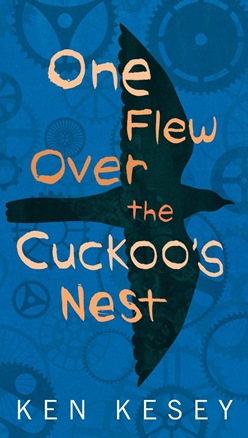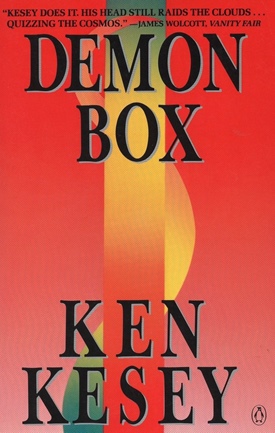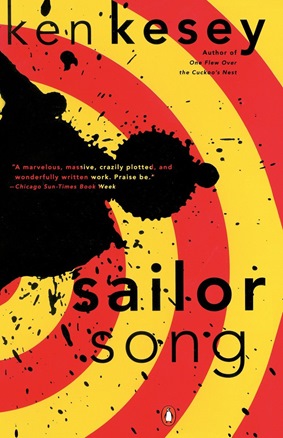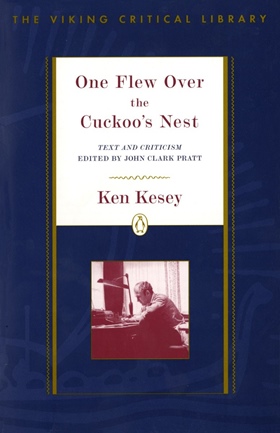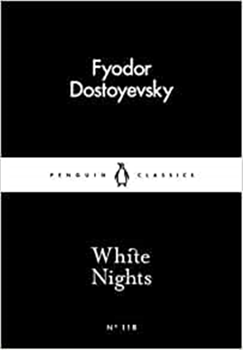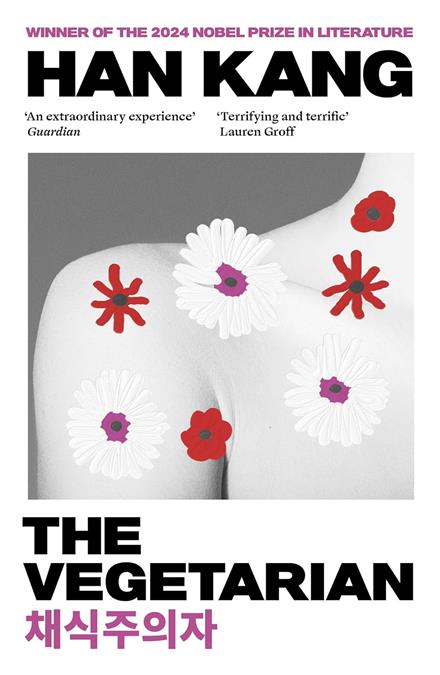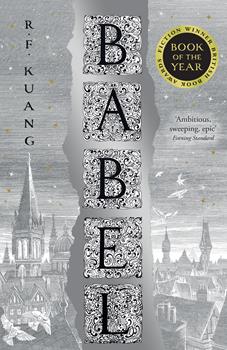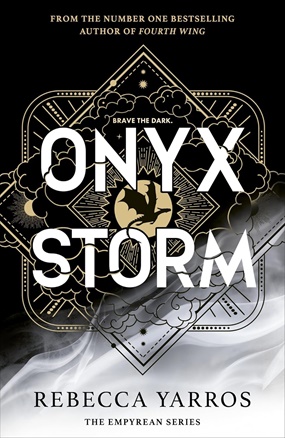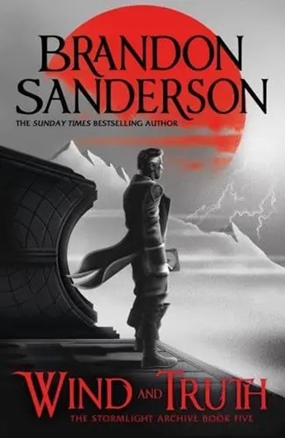Description
It was around a sagebrush campfire in eastern Oregon that Kesey first heard the tale from his father - about the legendary "last go round" that took place at the original Pendleton Round Up in 1911.
Hundreds of riders were competing for the first World Championship Broncbusting title, but it was one special trio of buckeroos that provided the drama: a popular black cowboy, George Fletcher; a Nez Perce Indian cowboy, Jackson Sundown; and a fresh-faced kid from Tennessee name of Johnathan E. Lee Spain. Who would walk away with the prize money and the silver-studded saddle? When the dust cleared, everyone knew they'd witnessed something extraordinary.
Kesey has journeyed back into Oregon history to reclaim this long-remembered moment, beefed up the bare bones of fact, and whipped them into a full-blown rip-snorting Tale of the True West. Sixteen pages of rare Round Up photographs provide graphic testimony of the time. The tiny town of Pendleton is swollen to bursting that memorable weekend and bristling with colorful characters like Buffalo Bill Cody, wrestler Frank "The Cruel Crusher" Gotch, cowgirl Prairie Rose Henderson, and a formidable medicine man named Parson Montanic. From the teepees along the river to the teeming saloons on Main Street, Round Up fever blazes like a prairie fire. This story of love, sweat, and horseflesh is a unique Western, wild and wooly and full of fleas. Let 'er buck!
About the Author
Ken Kesey was American writer, who gained world fame with his novelOne Flew Over the Cuckoo's Nest(1962, filmed 1975). In the 1960s, Kesey became a counterculture hero and a guru of psychedelic drugs with Timothy Leary. Kesey has been called the Pied Piper, who changed the beat generation into the hippie movement.Ken Kesey was born in La Junta, CO, and brought up in Eugene, OR. He spent his early years hunting, fishing, swimming; he learned to box and wrestle, and he was a star football player. He studied at the University of Oregon, where he acted in college plays. On graduating he won a scholarship to Stanford University. Kesey soon dropped out, joined the counterculture movement, and began experimenting with drugs. In 1956 he married his school sweetheart, Faye Haxby.Kesey attended a creative writing course taught by the novelist Wallace Stegner. His first work was an unpublished novel,ZOO, about the beatniks of the North Beach community in San Francisco. Tom Wolfe described in his bookThe Electric Kool-Aid Acid Test(1968) Kesey and his friends, called the Merry Pranksters, as they traveled the country and used various hallucinogens. Their bus, called Furthur, was painted in Day-Glo colors. In California Kesey's friends served LSD-laced Kool-Aid to members of their parties.At a Veterans' Administration hospital in Menlo Park, California, Kesey was paid as a volunteer experimental subject, taking mind-altering drugs and reporting their effects. These experiences as a part-time aide at a psychiatric hospital, LSD sessions - and a vision of an Indian sweeping there the floor - formed the background forOne Flew Over The Cuckoo's Nest, set in a mental hospital. While writing the work, and continuing in the footsteps of such writers as Thomas De Quincy (Confessions of an English Opium Eater, 1821), Aldous Huxley (The Doors of Perception, 1954), and William S. Burroughs (Naked Lunch, 1959), Kesey took peyote. The story is narrated by Chief Bromden. Into his world enters the petty criminal and prankster Randall Patrick McMurphy with his efforts to change the bureaucratic system of the institution, ruled by Nurse Ratched.The film adaptation of the book gained a huge success. When the film won five Academy Awards, Kesey was barely mentioned during the award ceremonies, and he made known his unhappiness with the film. He did not like Jack Nicholson, or the script, and sued the producers.Kesey's next novel,Sometimes a Great Notion(1964), appeared two years later and was also made into a film, this time directed by Paul Newman. The story was set in a logging community and centered on two brothers and their bitter rivalry in the family. After the work, Kesey gave up publishing novels. He formed a band of "Merry Pranksters", set up a commune in La Honda, California, bought an old school bus, and toured America and Mexico with his friends, among them Neal Cassady, Kerouac's travel companion. Dressed in a jester's outfit, Kesey was the chief prankster.In 1965 Kesey was arrested for possession of marijuana. He fled to Mexico, where he faked an unconvincing suicide and then returned to the United States, serving a five-month prison sentence at the San Mateo County Jail. After this tumultuous period he bought farm in Pleasant Hill, Oregon, settled down with his wife to raise their four children, and taught a graduate writing seminar at the University of Oregon. In the early 1970s Kesey returned to writing and publishedKesey's Garage Sale(1973). His later works include the children's bookLittle Tricker the Squirrel Meets Big Double the Bear(1990) andSailor Song(1992), a futuristic tale about an Alaskan fishing village and Hollywood film crew.Last Go Around(1994), Kesey's last book, was an account of a famous Oregon rodeo written in the form of pulp fiction. In 2001, Kesey died of complications after surgery for liver cance
